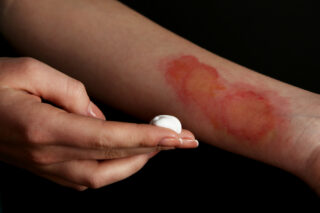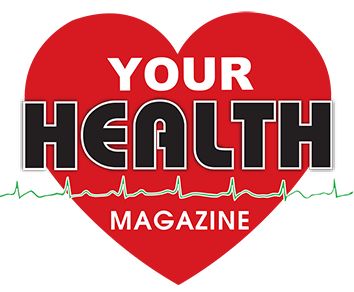
The Law Offices of Paul A. Samakow, P.C.
8230 Old Courthouse Road
#430
Tyson's Corner, VA 22182

More Legal and Health Articles
Dos and Don’ts During Burn Injuries

Burn injuries can be excruciatingly painful and require immediate attention and proper care to prevent further damage and aid in healing. Whether it’s a minor burn from touching a hot pan or a severe burn from a fire, knowing what to do and what not to do in the critical moments following the injury can make a significant difference in the outcome. In this guide, we’ll outline the dos and don’ts during burn injuries to help you respond effectively in such emergencies.
Dos:
1. Cool the Burn: Immediately run cool (not cold) water over the burned area for at least 10-20 minutes. This helps to stop the burning process and provides relief from the pain.
2. Remove Constrictive Items: If the burn occurs on an area with clothing or jewelry, remove these items as soon as possible. This prevents further injury if swelling occurs.
3. Cover with a Clean Cloth: Once the burn is cooled, cover it with a sterile, non-adhesive bandage or clean cloth to protect it from dirt and germs. Avoid using cotton balls or any material that may stick to the wound.
4. Seek Medical Attention: For severe burns, especially those affecting large areas of the body, seek medical attention immediately. Don’t attempt to treat severe burns at home as they may require specialized care.
5. Take Over-the-Counter Pain Medication: If the pain is unbearable, you can take over-the-counter pain medication like ibuprofen or acetaminophen to alleviate discomfort. Follow the recommended dosage instructions.
6. Keep the Burn Elevated: If possible, elevate the burned area above the heart to reduce swelling and pain.
7. Watch for Signs of Infection: Keep an eye on the burn for signs of infection such as increased pain, redness, swelling, warmth, or drainage. If you notice any of these symptoms, seek medical attention promptly.
Don’ts:
1. Do Not Use Ice: While it may seem intuitive to use ice to cool a burn, it can cause further damage to the skin. Ice can restrict blood flow and worsen the injury.
2. Avoid Popping Blisters: Blisters that form because of a burn serve as a natural barrier to protect the skin underneath. Popping them increases the risk of infection and slows down the healing process.
3. Do Not Apply Butter or Ointments: Contrary to popular belief, applying butter, oil, or ointments to a burn can trap heat and bacteria, leading to infection. Stick to cool water and sterile dressings for treatment.
4. Don’t Break Burned Skin: If the skin is intact, do not attempt to break it. Breaking the skin increases the risk of infection and delays healing.
5. Avoid Tight Bandages: While it’s important to cover the burn, avoid wrapping it too tightly as it can impair circulation and cause additional pain.
6. Do Not Remove Clothing Stuck to the Skin: If clothing is stuck to the burned area, do not attempt to remove it. Cutting around the clothing is a safer option to prevent further damage to the skin. Let a medical professional remove the clothing.
7. Don’t Delay Seeking Medical Help: If the burn is severe or covers a large area of the body, do not delay seeking medical attention. Prompt medical treatment is crucial for preventing complications and promoting healing.
By following these dos and don’ts during burn injuries, you can effectively manage the situation and provide the necessary care until professional medical help arrives. Remember, quick and appropriate action can make a significant difference in the outcome of a burn injury, so stay informed and prepared to handle such emergencies.
Other Articles You May Find of Interest...
- The Doctors You Generally See When Injured
- A Victim of Incorrect Diagnosis? You Might Have a Valid Case
- Should Burn Wounds Be Covered?
- What Makes Chicago’s Injury Law Firms Stand Out in Managing Your Case?
- Prevent Your Teen Driver From Becoming Another Tragic Statistic
- How Do Law Firms Navigate a Personal Injury Settlement?
- The Root Causes Behind Most Burn Injuries

















